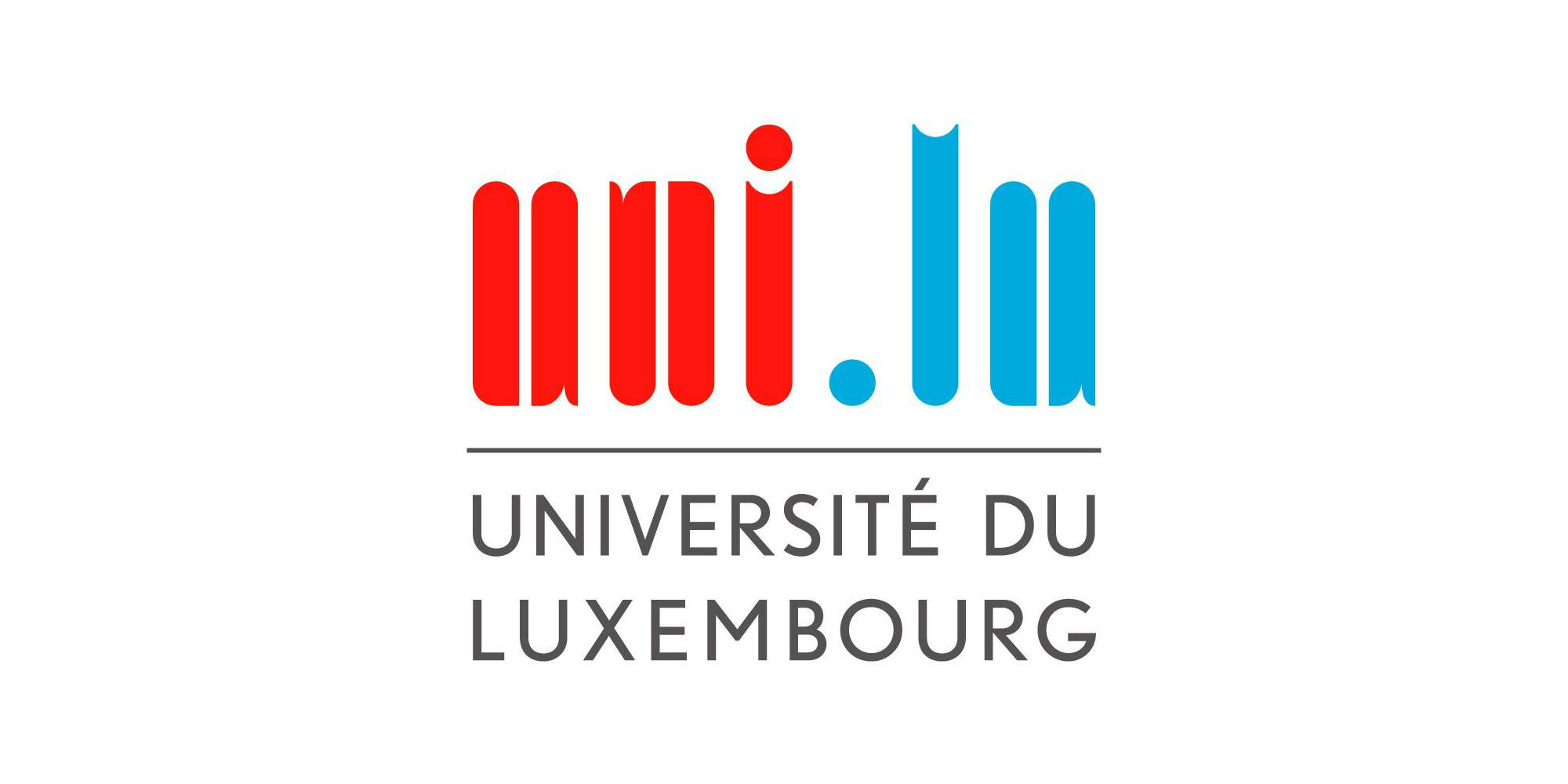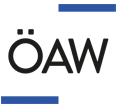-
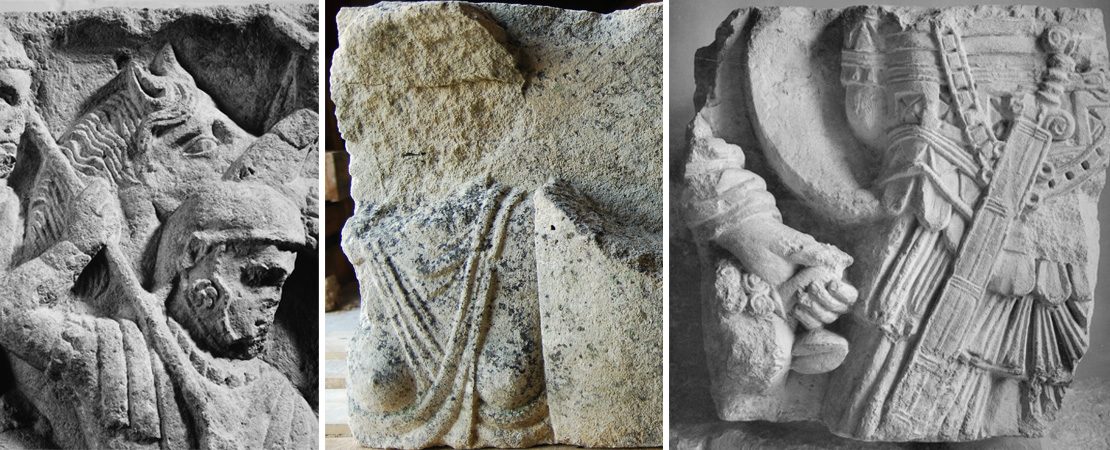
Investigated Material
Funerary Monuments from the ancient Orolaunum vicus/Arlon
-
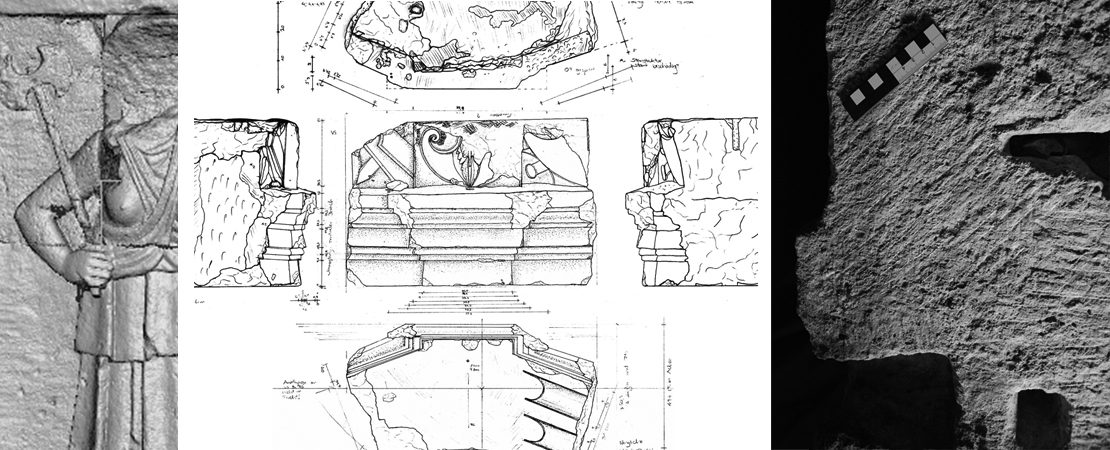
Methods
Digital 3D-Tools combined with Drawings & Photographical Documentation
-
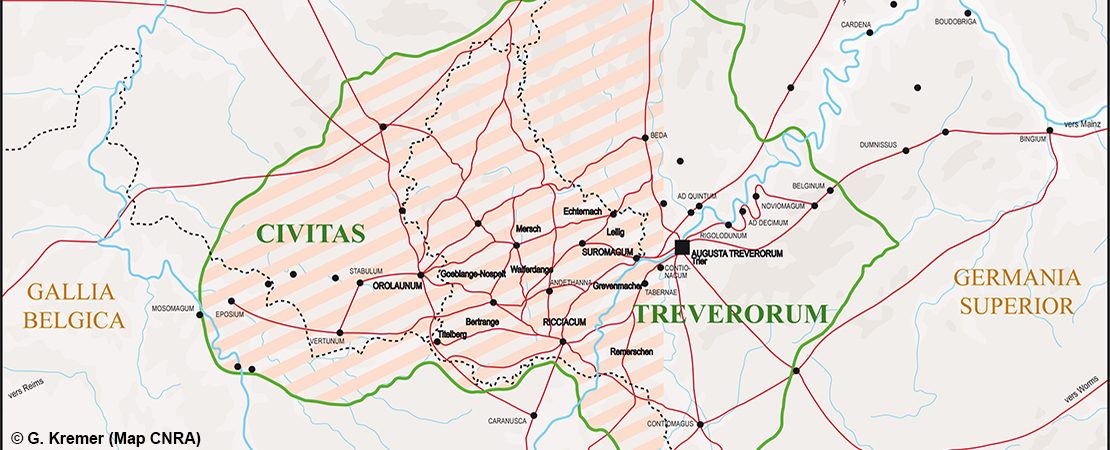
Investigated Area
Western civitas Treverorum
The monuments people erected for the deceased are one of the most informative categories of archaeological finds. In Roman times, next to the initial function of honoring the memory of a deceased person, funeral monuments were used by the elites as a medium for self-representation. In contrast to public architecture, which expresses the common, shared values of a society, funeral monuments were erected in a private context and thus inform us about individual people and the images and ideas they wanted to transmit to society.
In the western civitas Treverorum, a region that comprises nowadays G.D. of Luxembourg and the Belgian Province du Luxembourg, archaeologists have unearthed numerous fragments of funeral monuments (1st to 3rd century AD). These finds are nowadays preserved in three major collections throughout the region: Musée Archéologique d’Arlon (BE), Musées Gaumais (BE) and Musée national d’histoire et d’art Luxembourg/CNRA (LU).
These collections are now being investigated in a joint project by researchers from the University of Luxembourg (A. Binsfeld – C. Ruppert) and the Austrian Academy of Sciences (G. Kremer). The aim of the project is the reconstruction of the original architectural forms and the holistic evaluation of this rich archaeological material. The development of funeral architecture in the area of investigation will be evaluated according to different criteria: chronology, typology, architectural forms, iconography, workshops, etc. This will allow to identify specific local characteristics and connections to other areas in the Roman Empire. Issues such as the self-representation of a Treveran elite and the mechanisms of assimilation, integration and exclusion in a gallo-roman society of a border region will be investigated.
Through international cooperations with the respective museums and institutes, the archaeological material from an originally uniform region will be analyzed in a comprehensive way, independently from nowadays national and linguistic frontiers.
Funding : FNR & FWF (Joint project FWF/FNR I 2269-G25)
